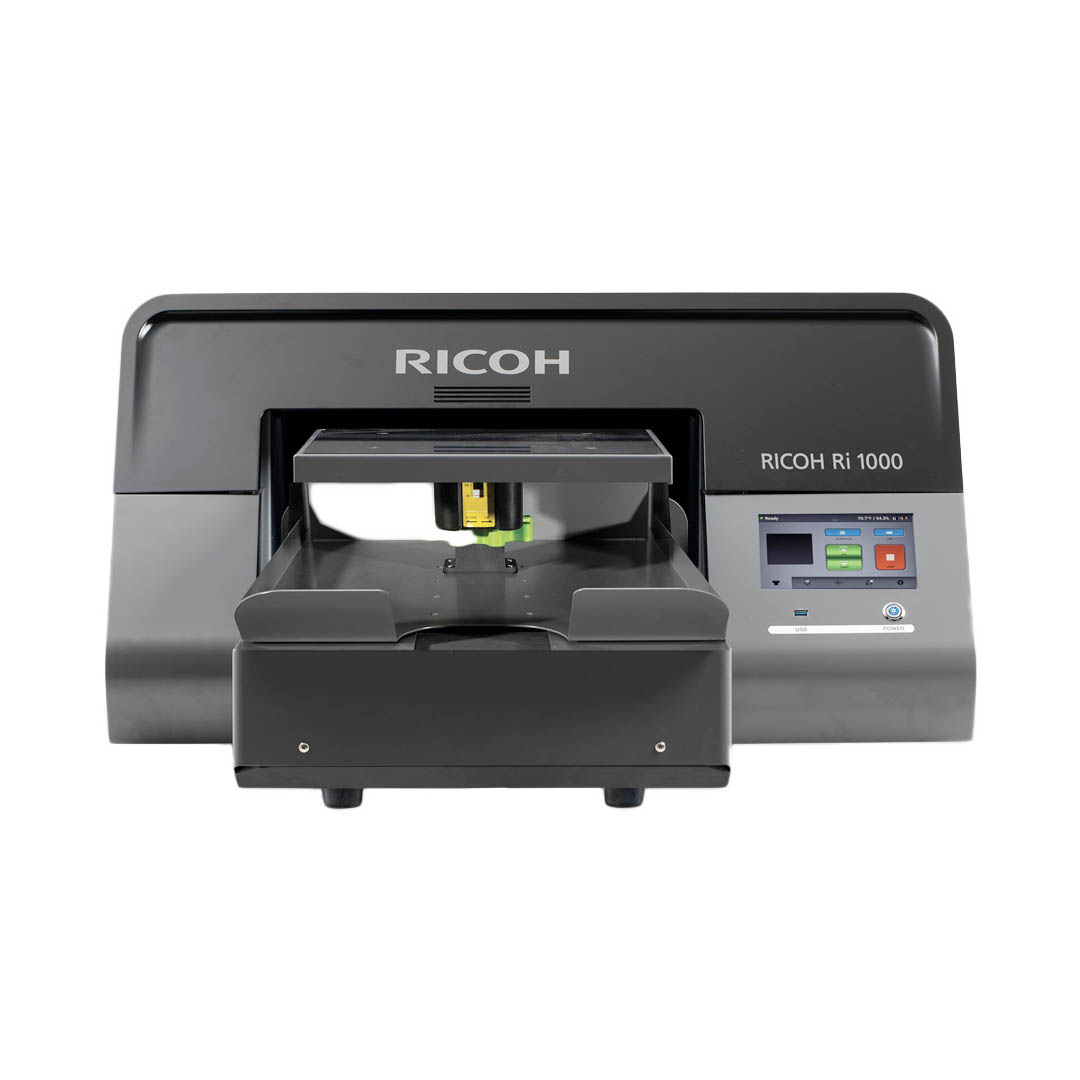I’d start with DTF and transfer to DTG once you're making a profit. A lot of recent t-shirt businesses fail when they purchase £20,000+ price of DTG tools and understand they want to promote 5000 t-shirts just to make their a reimbursement. T-shirt enterprise is very saturated so promoting 5000 t-shirts if you end up first beginning is difficult. I noticed that you advocate DTF inks for these two types of prints with the same printer.
You’ll be printing clothes at quick speeds without sacrificing the overall high quality of your prints. Complex designs, shading, a number of colors, and various gradients aren't any challenge for DTG printing. At the same time, you’re allowing the garment to stay as breathable as potential since the inks don’t clog up the fibers of the garment. DTG printing is the slowest of the 2 printing options since it prints designs line by line. For an entry-level DTG printer, you’ll print between 15 to 20 t-shirts per hour, excluding the time you have to pretreat the garments beforehand. You can still cut back the time by pretreating clothes ahead of time or by buying readily pre-treated garments offered at numerous stores.
After some time, you might notice scattered cracks or light colors on varied components of the print. It nonetheless requires handbook labor to chop and separate all of the printed films, but you’ll spend a lot much less time preparing your shirts than DTG printing. The omission of the pretreatment course of kind of provides DTF printing a major time benefit over DTG printing. Direct-to-garment printing is digital printing onto a garment, the identical way you’d usually print a document on your desktop printer. You’ll first must digitize a design into the system, then a raster image processor software program translates it right into a set of directions the printer can use to print it out. Both strategies have unique benefits and downsides, so evaluating your project requirements and considering the fee, time, and sources concerned is essential.
Overall, display screen printing is a extremely effective and dependable printing methodology that offers a range of advantages over DTG and DTF printing. Its durability, versatility, and customizability make it a fantastic selection for a broad range of printing needs. A 10% white ink layer could presumably be added when there are gradients present or the user desires a truer representation of the design (depths, shadows, colour constancy, and so forth.). One of the printing methods that use machines in the process is DTF and DTG.
During our transition interval from DTG to DTF we were operating flatbed DTG printers that printed on both the film and t-shirts instantly utilizing simply the DTF ink. If you’d like to have the ability to meet medium-to-large orders for numerous supplies, then DTF is a good choose. DTF printing is a straightforward way to increase your market share since you presumably can simply print designs for all kinds of fabric sorts that cater to a broad viewers.
DTF printing makes use of CMYK ink, which allows the process to reproduce photo pictures, full color artwork, and gradients completely. With DTF printing we've no design limitations and this enables for an unlimited chance of designs. In comparability, DTG and DTF printing strategies have some limitations.
Otherwise, you might end up with imperfect prints or less vibrant inks. Automating pretreatment will set your finances back considerably. The A4 size DTG printer is a versatile machine that makes use of dye sublimation know-how to provide high-quality, monochrome prints on material media.
DTF printing may be extra in style with prospects in search of high-quality prints, while display screen printing may be more popular with prospects on the lookout for a cost-effective option. DTF printing has a limited colour range compared to display printing, which may produce a wider range of colours and shades. DTF printing permits for sooner manufacturing occasions compared to display screen printing, as it requires much less setup time and allows for faster shade adjustments. Are you trying to begin a printing enterprise however not sure which printing technique is extra worthwhile – DTF printing or display screen printing? Both methods have their pros and cons, and ultimately, the profitability of your business depends on several factors. In this text, we’ll take a closer take a look at DTF and screen printing, examine the two methods, and allow you to determine which one is more worthwhile for your small business.

I’d advocate DTF for small print shops and excessive finish DTG for established businesses printing 100+ t-shirts per day. Innovating the printing software business one customer at a time. Generally, fundamental upkeep is good sufficient to maintain your printers running optimally. You may want a regular print head cleansing cycle or gently shaking the ink tanks to stop the inks from settling and probably causing a printhead clog. A Pantone Bridge software may give your prospects a preview of how RGB colours dtg pretreament machine will look as quickly as printed into CMYK.
If you’re looking for a high-quality, wireless printer that can deal with all of your printing needs, look no additional than the Epson Expression Photo HD XP-15000. We can print every thing from lengthy sleeves, t-shirts, hoodies made from all types of supplies together with polyester, cotton, nylon, spandex, lycra, elastane. Lift the DTF Xpress transfer film and proceed to activate the DTF Xpress adhesive powder. Although both are techniques used to print designs on clothes, DTF and DTG have significant differences. You can even discover these variations from varied things starting from the kind of machine used, the greatest way of working, the material used, to the quality of the finished product. We should first perceive the distinctions between the two methods to know this paradigm shift.